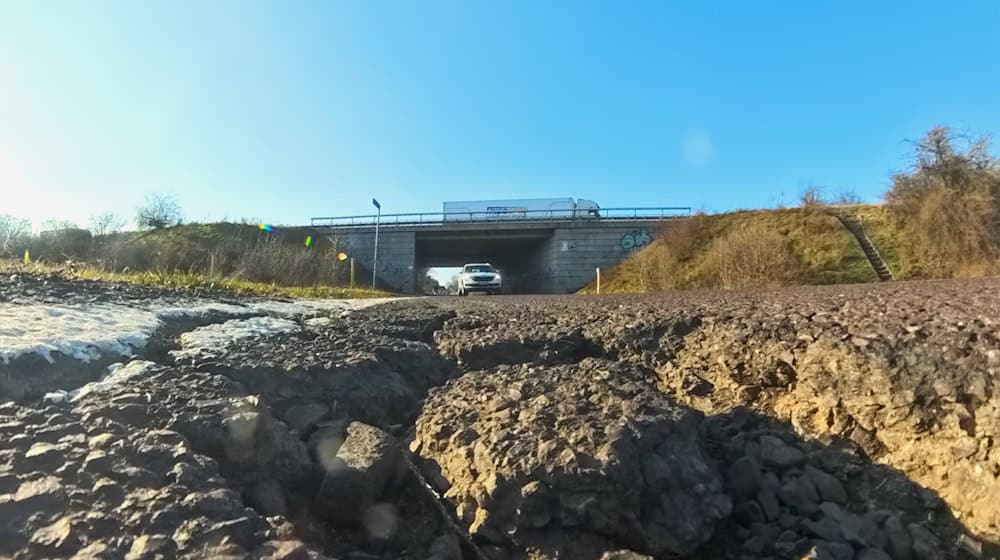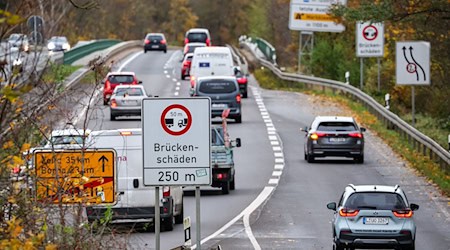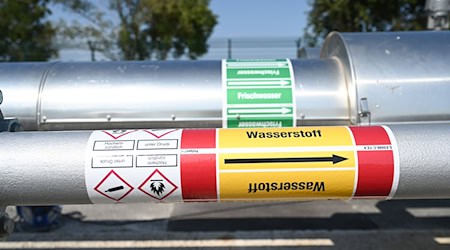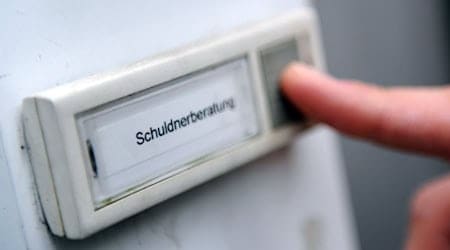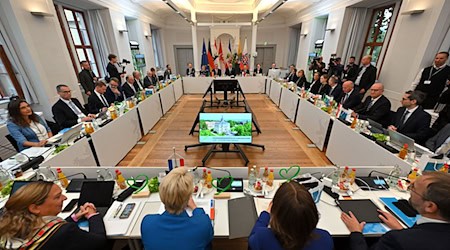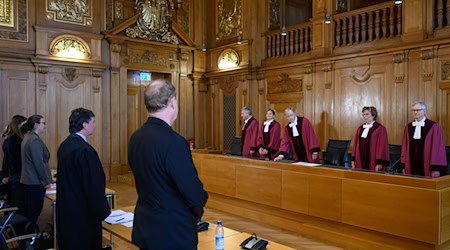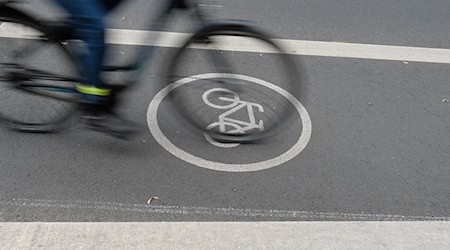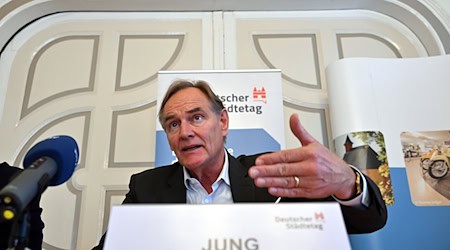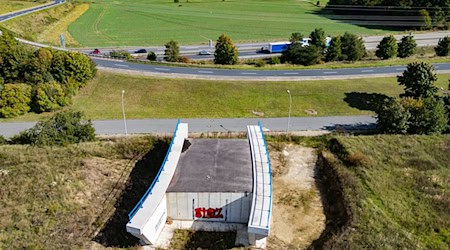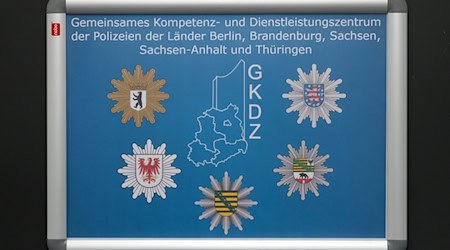The Construction Industry Association East is sceptical about the implementation of the multi-billion euro investment programme for the modernization of infrastructure. Among other things, the association has doubts that the additional funds of 500 billion euros will actually be spent.
The managing director of the association, Robert Momberg, speaks of the threat of a financial-policy shifting station. "Instead of enabling additional investments, existing projects could simply be relabeled. All that would then remain of the great investment boom would be a statistical sleight of hand."
In the association's view, this is necessary
In principle, the special fund offers the opportunity to reduce the investment backlog in Germany and strengthen competitiveness, according to the association. In order for the program to be successful, the federal and state governments need to make improvements. For example, project lists should be made transparent. This would ensure that the funds are used in a targeted manner and that progress can be tracked.
The association is also calling for faster planning and approval procedures. The administration in local authorities in particular needs to be strengthened. Additional specialists should be hired and trained.
Measurable progress needed on roads, bridges and railways
In the view of the Construction Industry Association East, whether the Special Fund for Infrastructure and Climate Neutrality (SVIK) will have the hoped-for growth effect in the long term depends solely on whether the funds actually flow into real infrastructure improvements. "Without measurable progress on roads, bridges, railways and networks, the SVIK will become an expensive financial vehicle with no added economic value."
And the Construction Industry Association East is also looking ahead to 2036, the end of the special fund's term: investments will have to be covered by regular budgets again in future. The association is calling for a return to budgetary discipline. Special funds should not become a permanent solution for state investments.
Copyright 2025, dpa (www.dpa.de). All rights reserved

